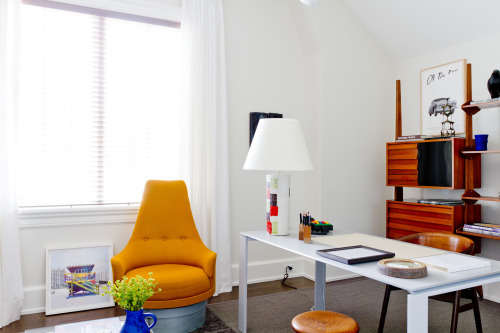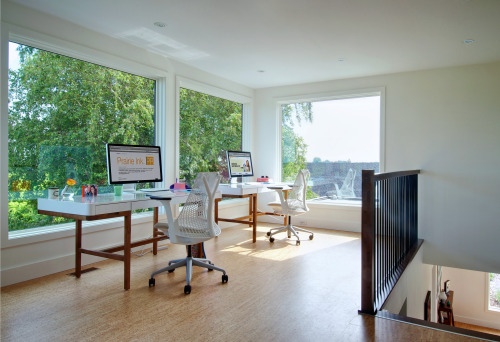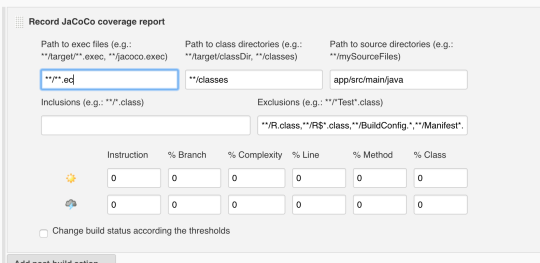
Today Houzz released View in My Room 3D for iPhone® and iPad®, which allows app users to preview more than 300,000 furniture and decor products from the Houzz Shop in 3D, within their own homes, before they buy. As the team lead, Sally Huang oversees all aspects of the 3D and augmented reality (AR) technology features for Houzz from developing a roadmap to data creation and processing pipelines, to the actual code that displays it. Outside of work, Sally enjoys photography, playing geeky board games, and spending time with Digby, her corgi.
How will View in My Room 3D help homeowners and home pros with their projects?
View in my Room 3D will help users overcome the visualization gap. It’s difficult to imagine how a piece of furniture or fixture might look in your own home without being able to tangibly place it in the space. This feature empowers homeowners and home pros to virtually arrange products in a home, manipulate the items, rotating and placing them at the best position and angle to see how the product would look in real life. You can then either buy the product within the Houzz app or capture what’s on your screen, creating a Sketch that is saved to a Houzz ideabook where it can be shared with family, a home professional or other collaborators.
How does the 3D experience improve the previous 2D version of View in My Room?
Since View in My Room was introduced in 2D last year, it has driven higher engagement and purchase conversion on the Houzz App, but we knew there were opportunities to further enrich the experience for the community. The 3D feature allows users to rotate the furniture 360 degrees instead of just flipping it, helping users to more realistically visualize furniture layout before purchase.
What was the biggest challenge that your team faced in creating View in My Room 3D and how did you overcome it?
Houzz has one of the largest libraries of 3D furniture models – more than 300,000 products – which is an incredible offering for our community. Working with the sheer volume and complexity of 3D data was challenging because that requires processing many types of data from text to images to 3D meshes. We worked with other teams within Houzz to develop backend infrastructure and farm automation to manage the product volume of the project.
What’s the development process like at Houzz?
The development process at Houzz is very collaborative. We knew we wanted to create something that could impact the broader Houzz community, which meant we needed to work very closely with multiple teams to ensure a seamless integration of this feature into all aspects of the Houzz app. Almost everyone at Houzz had a hand in developing the final product – design and iOS engineering ironed out the app UX, while data analytics built the data processing farm, and the marketplace team provided product APIs, backend setup and managed our servers. There were so many other people involved, as well. It was truly a team effort.
Your background is in video game development. How does that apply to what you do at Houzz?
Video games have been using 3D graphic technology to deliver compelling user experiences for decades. From 3D data management techniques to 3D user experience paradigms, I take a lot of ideas from my experiences in video game development and apply them to solve real world problems for the Houzz community.
What do you enjoy most about your role at Houzz?
Definitely the people. Houzz has an amazing and intelligent cross-disciplinary team that works together to solve difficult problems. We come up with the best and most creative solutions when people with vastly different backgrounds (for example artists and engineers) put their minds together, and I’m thankful every day to be able to work with such a diverse group of people.

















